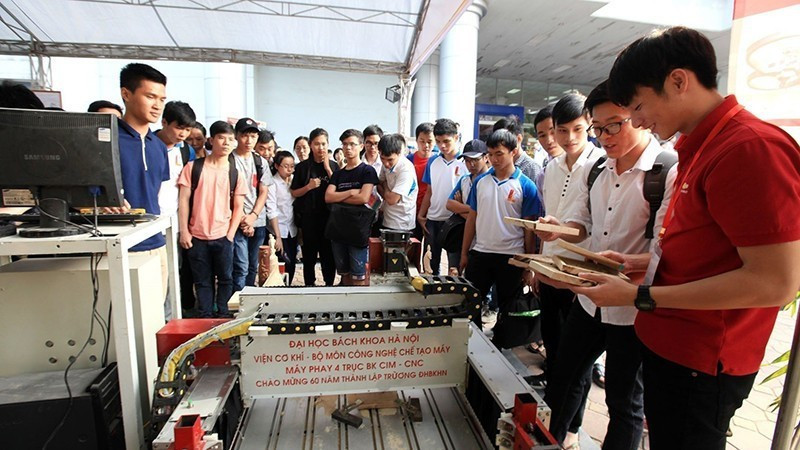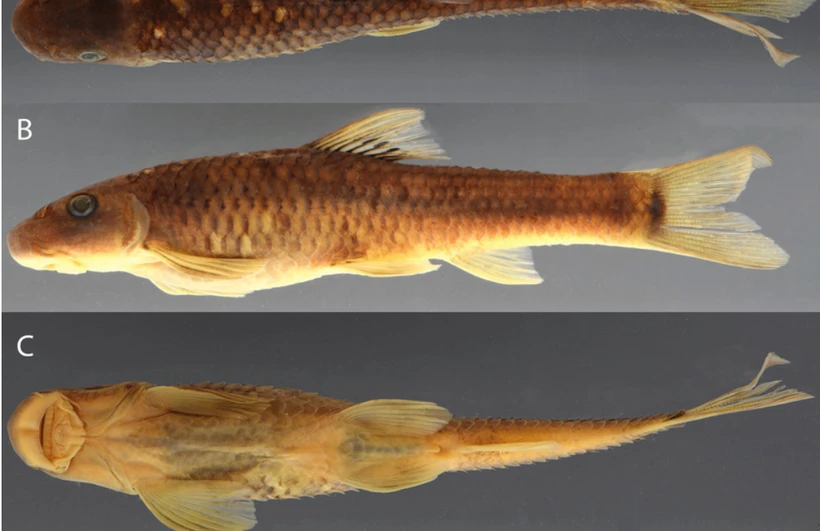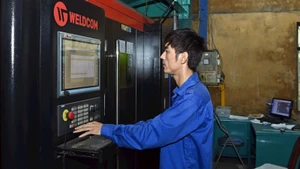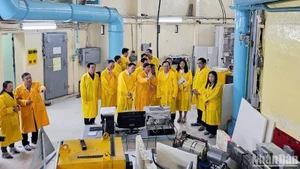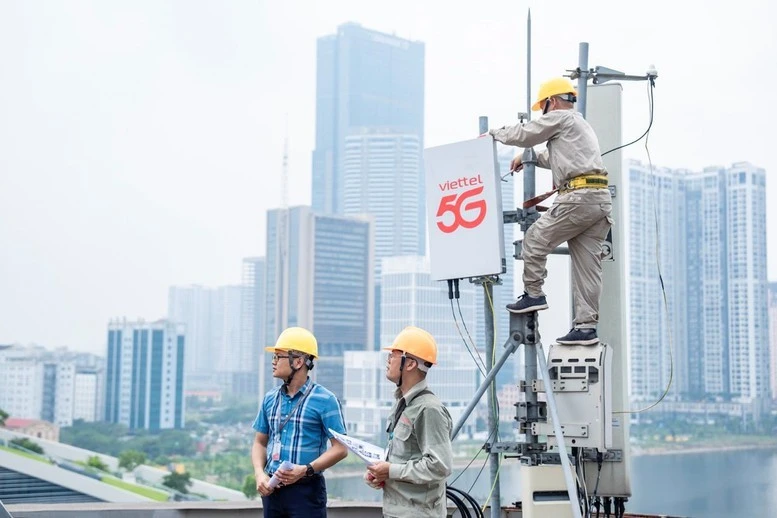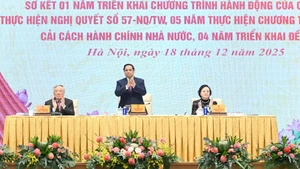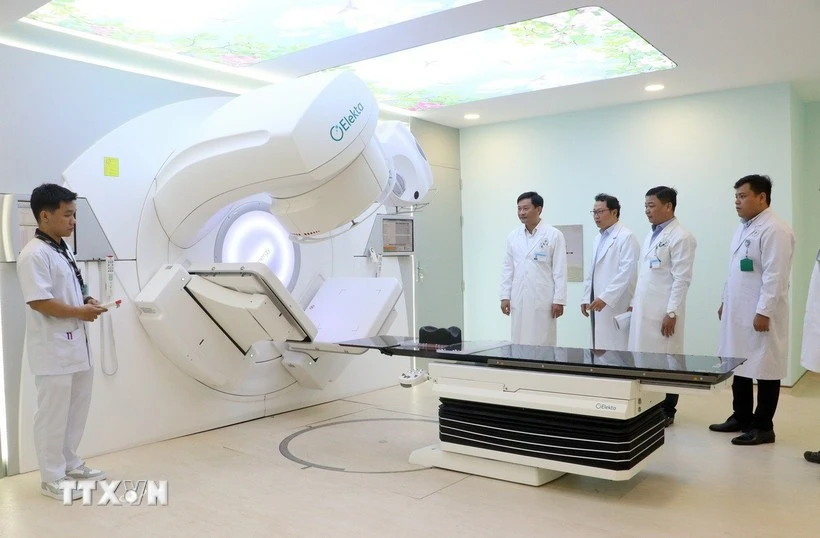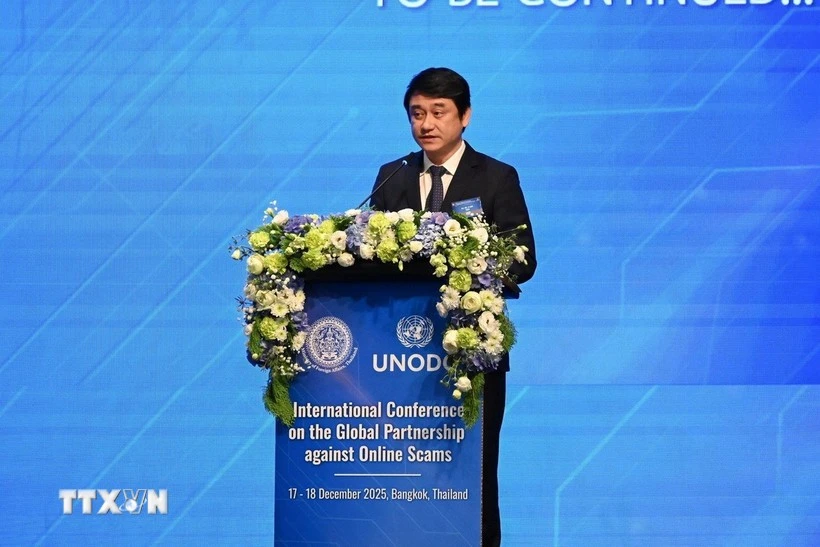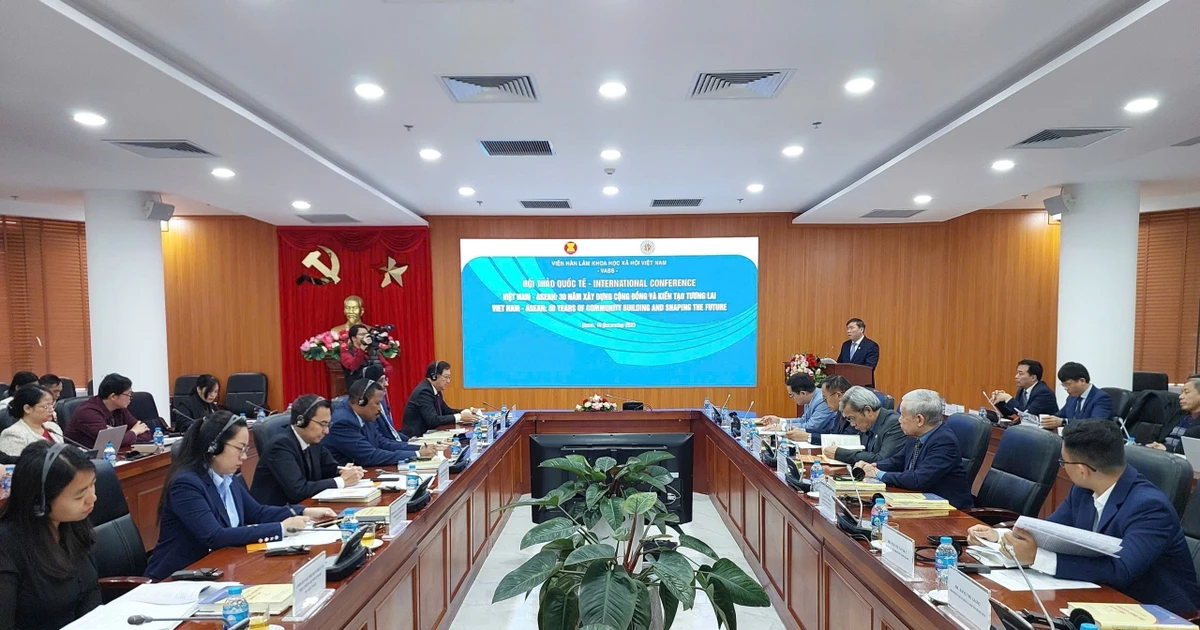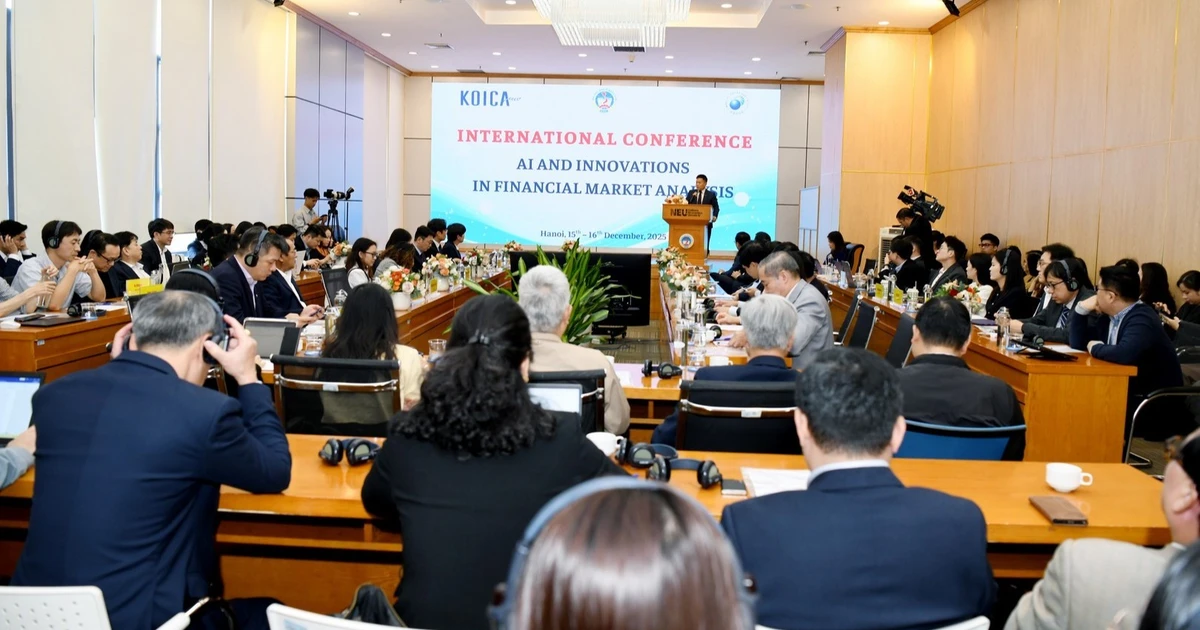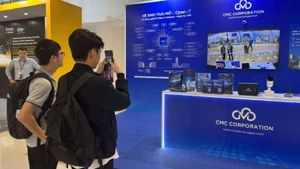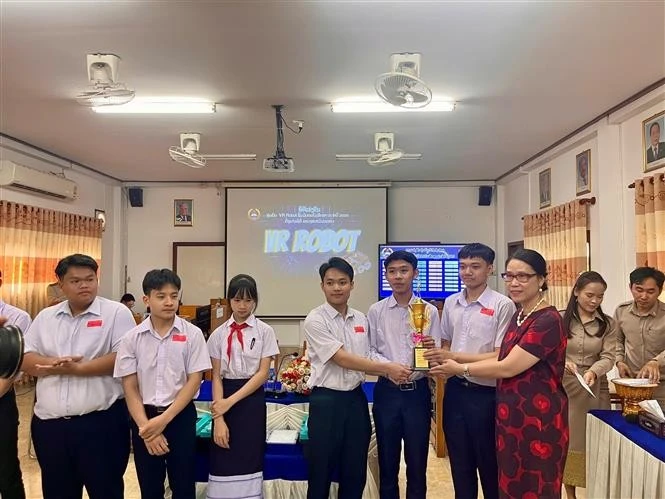The Politburo’s Resolution No. 57/NQ-TW on breakthroughs in science and technology development, innovation, and national digital transformation has called for the completion of legislation on intellectual property, digital assets, and data — forming the foundation for a dynamic innovation ecosystem. This serves as a guiding principle for strengthening the protection and enforcement of intellectual property rights in the digital era.
In today’s digital economy, the value of enterprises is shifting from tangible assets such as factories and machinery to intangible assets, especially intellectual property rights. However, the current legal framework for IP protection still contains many “critical loopholes” and, naturally, significant “blind spots” when it comes to protection in the field of artificial intelligence (AI).
The Law on Intellectual Property, promulgated in 2005 and amended several times, still lags behind the rapid development of non-traditional assets such as digital data, virtual assets, intellectual property, and high technologies. Meanwhile, many enterprises, despite actively promoting innovation, have yet to adopt the habit of protecting and commercialising their intellectual property rights. Many inventions — the “soft weapons” in business strategy — remain unregistered; trademarks are left unprotected; trade secrets are not secured. Consequently, numerous products are counterfeited, and brand identities are misappropriated.
Statistics from the National Office of Intellectual Property show that although Viet Nam has more than 700,000 protected trademarks, violations remain widespread. In 2024 alone, over 2,000 infringement cases were recorded, with the value of infringing goods amounting to hundreds of billions of dong.
In just the first six months of 2025, authorities detected and handled more than 3,270 cases — an average of nearly 20 per day — causing losses of thousands of billions of dong. This situation compels us to close legal loopholes to ensure intellectual property rights are properly valued, with particular emphasis on AI-related regulations.
According to the National Assembly’s Committee on Legal and Judicial Affairs, the draft Law Amending and Supplementing Certain Articles of the Law on Intellectual Property — to be submitted at the 10th session of the 15th National Assembly — should clarify regulations concerning new IP objects such as derivative works on digital platforms, IP related to AI, and big data. It should also establish a legal framework to protect the rights of IP holders in the online environment, meeting the demands of scientific and technological development and innovation.
Many experts have raised concerns: Is AI truly creative, or merely a “replica” generated through processing and analysing collected data? These questions pose significant legal challenges. Must the use of copyrighted data for AI training be licensed? Can AI outputs that closely replicate or reproduce original works be deemed infringements of reproduction or derivative rights?
Are AI-generated works created from public data eligible for protection? It is entirely plausible that AI systems could generate inventions, industrial designs, or layout designs that might one day be recognised as authorship.
At a recent session of the National Assembly Standing Committee, Minister of Science and Technology Nguyen Manh Hung explained that using publicly available data to train AI does not require copyright permission, provided it does not involve verbatim copying — as prohibiting this would undermine competitiveness. He added that several countries have already codified such provisions. As for protecting AI-generated works, if AI creates autonomously without human involvement, such works are not eligible for protection and must carry a label indicating AI authorship. Conversely, if humans employ AI merely as a tool, protection still applies.
Using publicly available data to train AI does not require copyright permission, provided it does not involve verbatim copying — as prohibiting this would undermine competitiveness. Several countries have already codified this provision. For AI-generated works, if AI creates autonomously without human participation, protection does not apply and a label identifying AI authorship must be attached; if humans use AI as a tool, such works remain protected.
Minister of Science and Technology Nguyen Manh Hung
The pace of transformation in the digital era is unpredictable, and the legal framework must therefore be both forward-looking and comprehensive. Determining whether a human has participated in the creation of an AI-related work or product is not always straightforward. To ensure effective IP protection, legal mechanisms and technical tools (such as shared data systems) are needed to detect, trace, and verify the origin of a work or product before deciding whether it qualifies for protection. Additionally, mechanisms should be in place to revoke previously granted rights or oppose pending IP applications in cases where there is suspicion or evidence that the product was entirely AI-generated.
